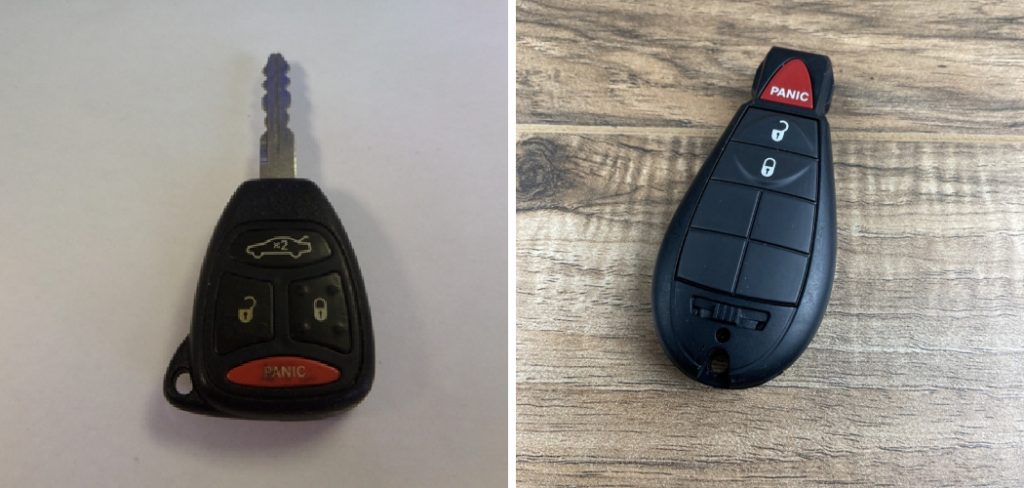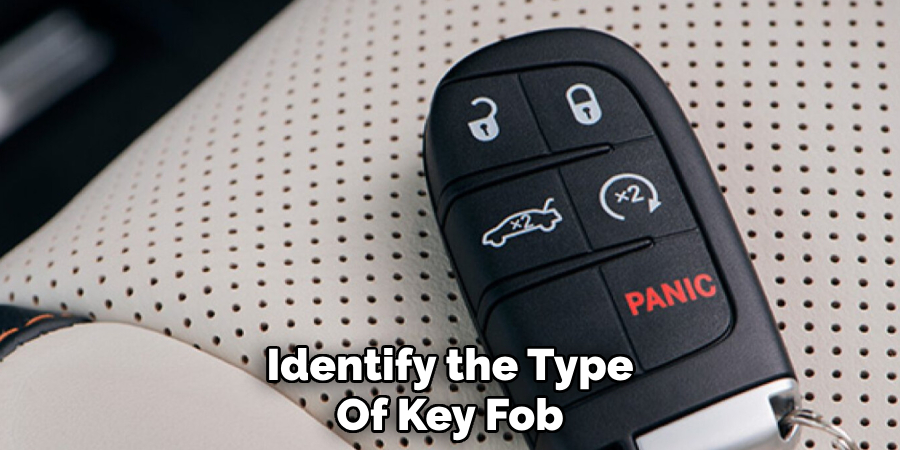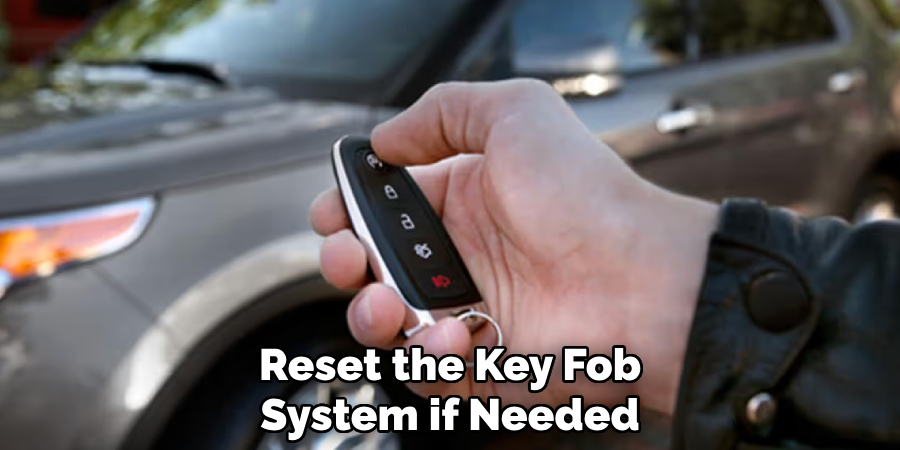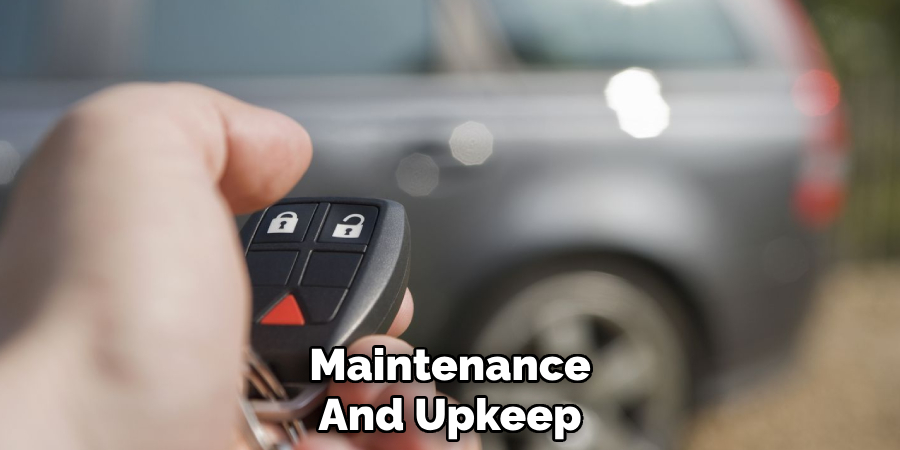Reprogramming your Dodge key fob can be a simple and cost-effective way to ensure it functions properly without the need for professional assistance.

Whether you have replaced the key fob’s battery or need to sync it with your vehicle, the process can typically be completed in just a few steps. This guide will walk you through how to reprogram dodge key fob, saving you time and money while ensuring your vehicle’s convenience and security.
Importance of a Functioning Key Fob for Dodge Vehicles
A fully functioning key fob is essential for the convenience, security, and overall functionality of your Dodge vehicle. Modern key fobs allow you to unlock and lock your car doors remotely, making access quick and hassle-free.
They also enable features like remote engine start, which can be especially helpful in extreme weather conditions. Beyond convenience, a functioning key fob enhances vehicle security by ensuring only authorized users can access and operate the car. Without a properly working key fob, you may face difficulties accessing your vehicle or using these critical features, highlighting the importance of maintaining and, if necessary, reprogramming your key fob.
Understanding Dodge Key Fob Programming
Programming a Dodge key fob is an essential process that allows the fob to communicate effectively with your vehicle. This ensures that the key fob functions properly, enabling features such as locking and unlocking doors, remote engine start, and panic button activation.
The process typically involves a set sequence of steps, which may vary depending on the specific Dodge model. Often, these steps include turning the ignition to the “on” position, pressing specific buttons on the key fob, and synchronizing it with the car’s onboard system. While some vehicle owners can perform the programming themselves using the owner’s manual or online instructions, certain models may require professional assistance from a dealership or certified locksmith.
Understanding this process is crucial for maintaining your vehicle’s convenience and security, ensuring seamless access to its features.
Tools and Materials Needed
To successfully program a car key fob, you will need a few essential tools and materials. These typically include the key fob you wish to program, your vehicle’s owner’s manual for specific instructions, and access to the car with a fully charged battery.
For certain models, you may also require diagnostic tools or programming equipment, which can be obtained through dealerships or specialized automotive shops. Having these items on hand will streamline the process, ensuring it proceeds efficiently and effectively.

10 Easy Steps on How to Reprogram Dodge Key Fob
1. Identify the Type of Key Fob
Before starting, determine the type of key fob your Dodge vehicle uses. Older Dodge models may utilize transponder keys, while newer models incorporate proximity key fobs with keyless entry and push-button start. Identifying the correct key fob type is essential to following the proper programming steps and avoiding unnecessary troubleshooting.
2. Verify Key Fob Compatibility
Not all Dodge key fobs work universally across models. Using an incorrect key fob can result in failed programming or intermittent connectivity. Check the part number on your existing key fob or consult the vehicle’s owner’s manual to ensure compatibility before attempting to program a new one. Purchasing an OEM key fob is recommended for best results.
3. Gather the Required Tools and Keys
To reprogram certain Dodge key fobs, you may need at least two functioning keys to add a third one. If only one working key is available, professional assistance from a locksmith or dealership may be required. Also, make sure the key fob battery is fresh (usually a CR2032 or CR2025 battery) to ensure an uninterrupted programming process.
4. Use the Ignition Key Programming Method
For Dodge vehicles with a traditional key ignition, insert the first programmed key into the ignition and turn it to the “On” position without starting the engine. Wait for the security light on the dashboard to illuminate, signaling that the system is ready to accept a new key. This step is critical to entering programming mode.
5. Switch Between Programmed Keys Quickly
Once the first key has been recognized, turn off the ignition, remove the key, and immediately insert the second working key within five seconds. Turn this key to the “On” position and wait for the security light to illuminate again. This step tells the vehicle that it recognizes the second key, preparing it to accept the new key fob.

6. Insert and Program the New Key Fob
Remove the second key and quickly insert the new key into the ignition, turning it to the “On” position within ten seconds. The security light should flash, indicating that the key has been successfully programmed. If the light does not flash, repeat the process, ensuring each step is done within the required timeframe. Once successful, turn off the ignition and remove the key.
7. Reprogram a Push-to-Start Key Fob
For Dodge models with a push-button start system, sit inside the vehicle with the original working key fob. Press the “Start” button without pressing the brake pedal to enter accessory mode. Then, place the new key fob near the start button or a designated area (such as the center console) and wait for a chime or message on the dashboard confirming successful programming.
8. Utilize an OBD-II Programming Tool
If manual programming is unsuccessful, an On-Board Diagnostic (OBD-II) programming tool may be required. Plug the device into the OBD-II port, which is typically located under the dashboard. Follow the tool’s on-screen instructions to program the new key fob. This method is often used by locksmiths and dealerships and may require purchasing specialized equipment.
9. Verify Successful Programming
Once the key fob is programmed, test its functions by pressing the lock, unlock, and trunk release buttons. If your key fob has a remote start function, check that as well. If the key fob does not respond as expected, attempt reprogramming again, ensuring proper timing during each step.
10. Reset the Key Fob System if Needed
If the new key fob is not functioning properly, resetting the vehicle’s key fob system may be necessary. Disconnect the vehicle’s battery for about five minutes to reset the electronic control module (ECM). Reconnect the battery and attempt the programming process again. This step can resolve issues caused by previous programming attempts or minor electronic malfunctions.

Maintenance and Upkeep
To ensure the longevity and proper functionality of your key fob, regular maintenance is essential. Replace the battery as soon as you notice a decrease in range or responsiveness to avoid sudden failure. Clean the key fob periodically to prevent dirt and debris from accumulating around the buttons, which can impact performance.
Additionally, keep the key fob away from extreme temperatures and direct moisture exposure, as these can damage internal components. If the key fob experiences physical damage or persistent functionality issues, consider consulting a professional technician for repair or replacement. Staying proactive with maintenance will help avoid inconveniences and keep the key fob operating smoothly.
Troubleshooting Common Issues
If your key fob stops working or exhibits intermittent problems, there are a few steps you can take to troubleshoot the issue. First, check the battery, as low or depleted batteries are one of the most common causes of malfunction. Replace the battery with a new one that matches the manufacturer’s specifications. Ensure the battery is securely installed in the correct orientation.
If the problem persists, inspect the key fob for visible signs of damage, such as cracked housing or loose buttons, which may interfere with normal operation. Additionally, verify that the key fob is properly paired with your vehicle. If necessary, consult your vehicle’s manual for instructions on reprogramming. Finally, check for potential interference from nearby electronic devices, as strong signals can disrupt communication between the key fob and the vehicle. If these steps do not resolve the issue, seek assistance from a qualified technician.
Safety Considerations
When troubleshooting or maintaining your key fob, it is important to keep safety in mind. Avoid opening the key fob casing without the proper tools or precautions, as mishandling the internal components can lead to damage or injury.

If the key fob uses a battery, ensure the old battery is disposed of properly according to local regulations, as batteries can be hazardous to the environment. Additionally, handle replacement batteries carefully to prevent short circuits or leaks. Always prioritize using genuine parts and avoid counterfeit or substandard components, as they may compromise the functionality and safety of your vehicle’s system.
Conclusion
Successfully reprogramming a Dodge key fob ensures secure and reliable vehicle access. By following these ten comprehensive methods, you can program a new or replacement key fob without needing professional assistance in most cases. However, if these steps do not work, seeking help from a dealership or locksmith equipped with specialized programming tools may be necessary.
Now that you know how to reprogram dodge key fob. While it does take a few steps each time, hopefully now you understand the process and why it’s worth taking the extra step to make sure your floor is properly cared for. So don’t wait any longer, take action today!
About
Safety Fic is a distinguished figure in the world of Diy design, with a decade of expertise creating innovative and sustainable Diy solutions. His professional focus lies in merging traditional craftsmanship with modern manufacturing techniques, fostering designs that are both practical and environmentally conscious. As the author of diy, Safety Fic delves into the art and science of Safety Fic-making, inspiring artisans and industry professionals alike.
Education RMIT University
(Melbourne, Australia) Associate Degree in Design (Safety Fic) Focus on sustainable design, industry-driven projects, and practical craftsmanship. Gained hands-on experience with traditional and digital manufacturing tools, such as CAD and CNC software.
Nottingham Trent University
(United Kingdom) Bachelor’s in diyfastly.com and Product Design (Honors) Specialized in product design with a focus on blending creativity with production techniques. Participated in industry projects, working with companies like John Lewis and Vitsoe to gain real-world insights.
Publications and Impact
In diy, Safety Fic his insights on indoor design processes, materials, and strategies for efficient production. His writing bridges the gap between artisan knowledge and modern industry needs, making it a must-read for both budding designers and seasoned professionals.
